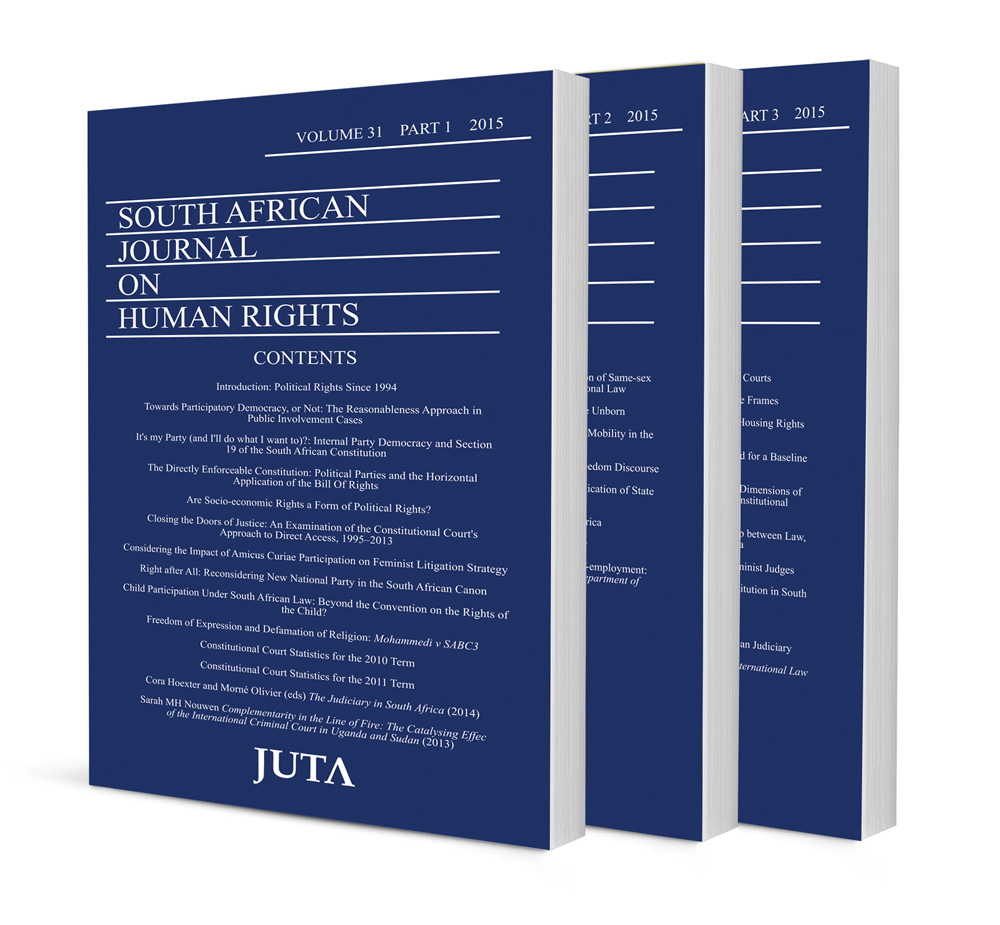Developing the law of joinder in the context of evictions of people from their homes

Developing the law of joinder in the context of evictions of people from their homes
Authors Gustav Muller, Sandra Liebenberg
ISSN: 1996-2126
Affiliations: Lecturer, Faculty of Law, Rhodes University; Professor and HF Oppenheimer Chair in Human Rights Law, Faculty of Law, Stellenbosch University
Source: South African Journal on Human Rights, Volume 29 Issue 3, 2013, p. 554 – 570
Abstract
There are circumstances in which it is essential to join a party because of the interest that party has in the matter. The underlying principle is that interested parties should be afforded an opportunity to be heard in matters in which it has a direct and substantial interest. Applications for the eviction of unlawful occupiers from private land in terms of the Prevention of Illegal Eviction from and Unlawful Occupation of Land Act 19 of 1998 (PIE) has been framed in a particular manner since 2004 that created a ‘stalemate’ between the rights of private owners and the rights of unlawful occupiers. The only way to move beyond the stalemate is to join the municipality in whose jurisdiction the land falls. However, the high courts, in a series of six reported judgments, have not adopted a uniform approach in their reasoning for this joinder. They have relied on a combination of arguments founded on the cumulative force of the notice requirement in s 4(2) of PIE, the requirement to attempt mediation in s 7(1) of PIE, and finally, the constitutional and statutory obligations of municipalities. The overall impact of this reasoning is not convincing. This article revisits the legal framework that the Supreme Court of Appeal and the Constitutional Court have employed in the five judgments it handed down on the issue of joinder in PIE eviction cases. In so doing this article identities more clearly the constitutive requirements for necessary joinder within a constitutional matrix. The directness of the interest will be explored with reference to the statutory obligations that flow from the Housing Act 107 of 1997 and the Local Government: Municipal Systems Act 32 of 2000. The substantial nature of the interest will be explored with reference to the filing of reports flowing from the joinder.